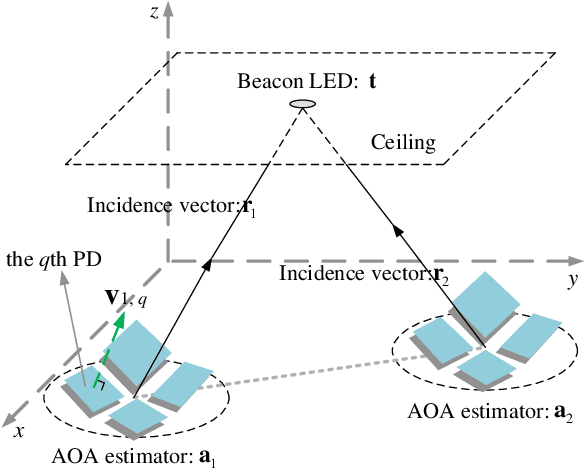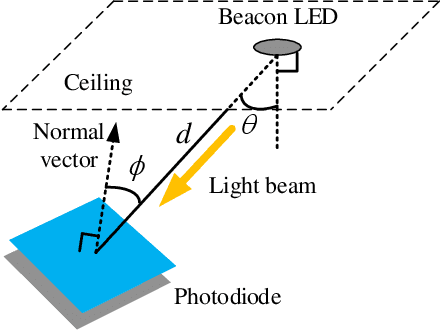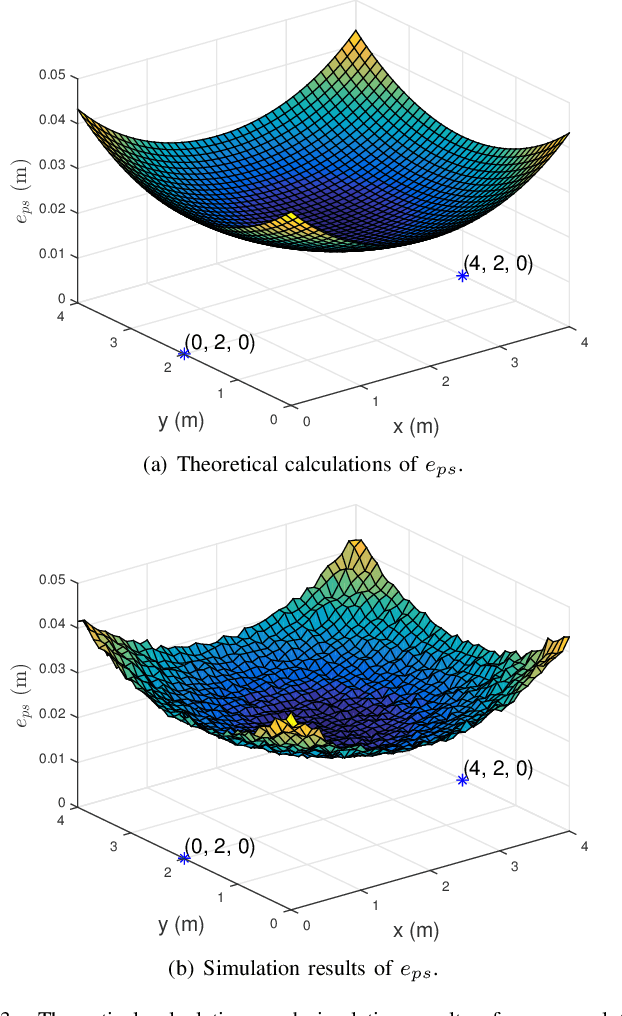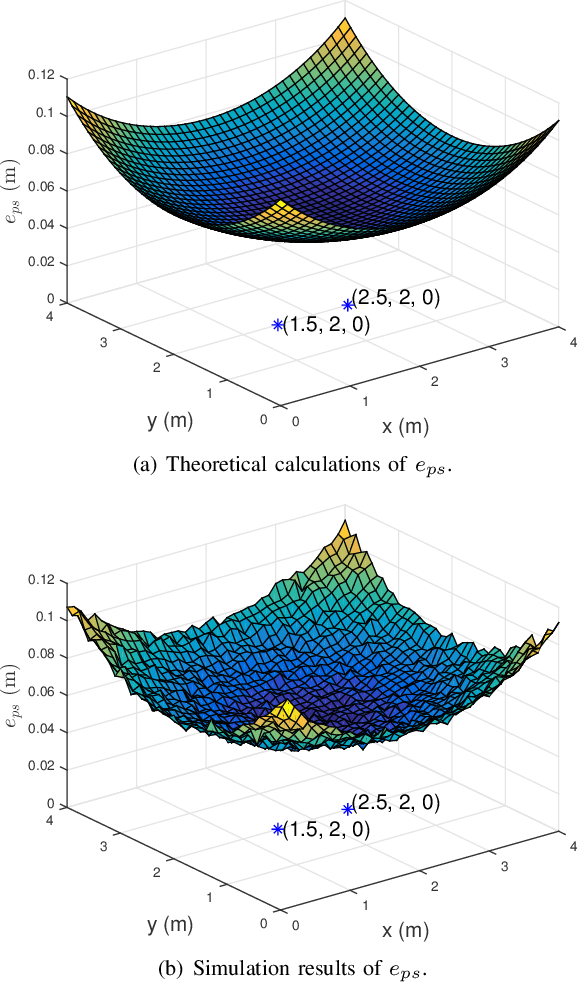Kehan Zhang
Toward Spatial Temporal Consistency of Joint Visual Tactile Perception in VR Applications
Dec 29, 2023Abstract:With the development of VR technology, especially the emergence of the metaverse concept, the integration of visual and tactile perception has become an expected experience in human-machine interaction. Therefore, achieving spatial-temporal consistency of visual and tactile information in VR applications has become a necessary factor for realizing this experience. The state-of-the-art vibrotactile datasets generally contain temporal-level vibrotactile information collected by randomly sliding on the surface of an object, along with the corresponding image of the material/texture. However, they lack the position/spatial information that corresponds to the signal acquisition, making it difficult to achieve spatiotemporal alignment of visual-tactile data. Therefore, we develop a new data acquisition system in this paper which can collect visual and vibrotactile signals of different textures/materials with spatial and temporal consistency. In addition, we develop a VR-based application call "V-Touching" by leveraging the dataset generated by the new acquisition system, which can provide pixel-to-taxel joint visual-tactile perception when sliding over the surface of objects in the virtual environment with distinct vibrotactile feedback of different textures/materials.
A Novel Method to Estimate the Coordinates of LEDs in Wireless Optical Positioning Systems
Sep 09, 2021



Abstract:Traditional visible light positioning (VLP) systems estimate receivers' coordinates based on the known light-emitting diode (LED) coordinates. However, the LED coordinates are not always known accurately. Because of the structural changes of the buildings due to temperature, humidity or material aging, even measured by highly accurate laser range finders, the LED coordinates may change unpredictably. In this paper, we propose an easy and low-cost method to update the position information of the LEDs. We use two optical angle-of-arrival (AOA) estimators to detect the beam directions of the LEDs. Each AOA estimator has four differently oriented photodiodes (PDs). Considering the additive noises of the PDs, we derive the closed-form error expression for the proposed LED coordinates estimator. Both analytical and Monte Carlo experimental results show that the layout of the AOA estimators could affect the estimation error. These results may provide intuitive insights for the design of the optical indoor positioning systems.
 Add to Chrome
Add to Chrome Add to Firefox
Add to Firefox Add to Edge
Add to Edge